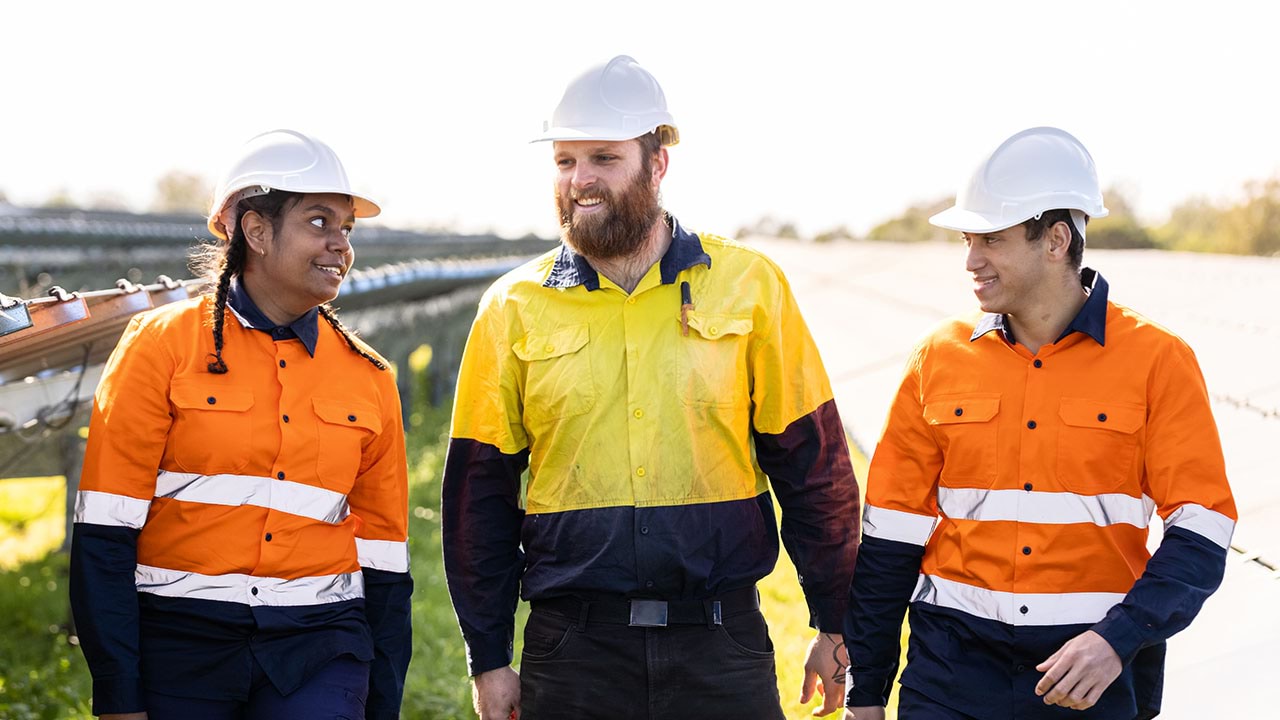An out of school hours care worker provides care and supervision for school aged children before and/or after school.
Find out what an out of school hours care worker does and the related Vocational Education and Training (VET) courses and pathways you can take to secure a job.
What is an out of school hours care worker?
As an out of school care worker, you will care for children in programs usually run by primary schools.
In this role you may:
- prepare materials and equipment for education and recreational activities
- supervise children’s behaviour, hygiene and routine
- lead activities and games.
Find out more about out of school hours care workers(opens in a new window) and these related jobs on the Victorian Skills Gateway(opens in a new window):
- Aboriginal and Torres Strait Islander education worker(opens in a new window)
- early childhood educator(opens in a new window)
- family day care worker(opens in a new window)
- integration aide(opens in a new window)
- primary school teacher(opens in a new window)
- secondary school teacher(opens in a new window).
Related training courses
Explore these related TAFE and training courses on the Victorian Skills Gateway(opens in a new window):
You may be eligible for government funding to help pay for your course.
Median salary
The median weekly earnings for a child carer in Australia is $1,146.
Source: Jobs and Skills Australia(opens in a new window)
Note these salaries are current as of January 2025 and are indicative only. A range of salaries apply to different roles across the industry. Specific salary data is not available for out of school hours care workers.
Job demand in Victoria
Below is the number of child carer jobs in Victoria. Figures show the number of workers in 2024 and the new workers expected to enter the workforce by 2027 and 2034.
‘New workers expected’ accounts for workers adding new jobs to the economy and replacing retirees over the next 3 and 10 years. These projections are estimates only. There will be additional jobs available as people move between jobs and industries.
Note that specific data is not available for out of school hours carers.
| Region | Workers 2024 | New workers expected by 2027 | New workers expected by 2034 |
|---|---|---|---|
| Victoria | 37,860 | 3,817 | 17,183 |
| Melbourne – inner metropolitan | 2,483 | 179 | 689 |
| Melbourne – inner south-east metropolitan | 3,204 | 161 | 723 |
| Melbourne – southern metropolitan | 6,142 | 574 | 2,888 |
| Melbourne – northern metropolitan | 6,092 | 710 | 3,191 |
| Melbourne – eastern metropolitan | 4,869 | 395 | 1,906 |
| Melbourne – western metropolitan | 6,625 | 877 | 4,007 |
| Ballarat and surrounds (Central Highlands) | 990 | 102 | 445 |
| Bendigo, Echuca and surrounds (Loddon Campaspe) | 1,336 | 123 | 585 |
| Geelong, Colac and surrounds (Barwon) | 2,074 | 208 | 931 |
| Gippsland | 1,335 | 177 | 765 |
| Horsham and surrounds (Wimmera Southern Mallee) | 255 | 37 | 90 |
| Mildura, Swan Hill and surrounds (Mallee) | 471 | 57 | 204 |
| Shepparton, Seymour and surrounds (Goulburn) | 648 | 70 | 269 |
| Wangaratta, Wodonga and surrounds (Ovens Murray) | 848 | 86 | 254 |
| Warrnambool, Hamilton and surrounds (Great South Coast) | 489 | 60 | 234 |
Source: Victorian Skills Authority Employment Projections Dashboard
Resources to plan your next steps
Visit our working with children and young people industry profile to find out about:
- what it’s like to work with children and young people, and some of the jobs you could do
- training and skills to work in the industry, and financial assistance to help pay for your course
- help getting a job working with children and young people, and industry job projections for Victoria
- other free resources and advice to plan your training and career.
Also visit our education and training services industry profile.
Explore growing industries in your region
Updated



